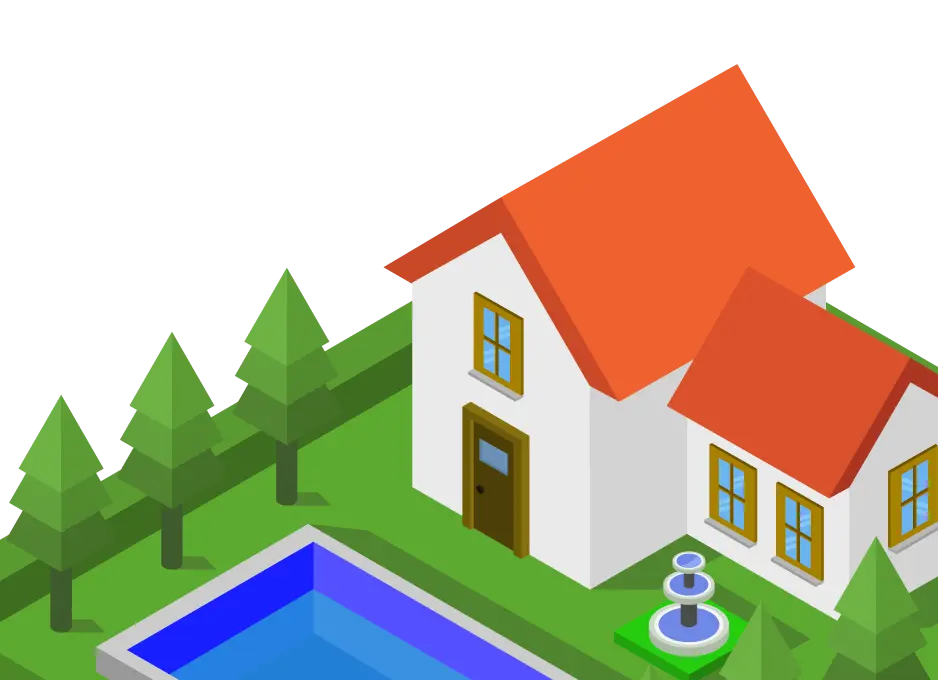Pest Profile: Formosan Termite

The Formosan termite Coptotermes formosanus is the most widely distributed and most economically important termite in the genus Coptotermes. A single Formosan colony may contain millions of termites that forage up to 300 feet in soil; this population size and foraging range pose a serious threat to structures.
The Formosan Termite’s Unique Attributes
This subterranean termite species is characterized by the large interconnected foraging galleries it creates in soil. Like other termite species, it is a social insect with three castes: workers, soldiers, and reproductives. Reproductives, also known as swarmers or alates, of this species are yellowish-brown, range from 12-15 mm long, and have small hairs on their wings which differentiate them from the swarmers of other termite species. Soldiers of this species have orange-brown, oval-shaped heads, and curved mandibles. When soldiers are attacked, they will readily respond to an approaching threat by secreting a white gluey fluid from their fontanel (a large opening on their heads). Unlike other termite species, Formosan termite colonies have a distinctly large number of soldier termites in a colony; this is often a way to distinguish them from other colonies.
Aside from the large colony size and the presence of numerous soldiers, another identifying characteristic of the Formosan termites is its carton nest. The carton nests that it builds are named for their constituent material made up of excrement, chewed wood, and soil. These nests are often found in structure voids, for example, between walls, and beneath sinks. These termites will infest homes either from the ground up or without a ground connection. Research has shown that 25% of infestations found in urban southeastern Florida were caused by colonies established from aerial infestations. Although Formosan termites do not eat more than other subterranean termites, they have larger colonies and therefore will consume more wood overall, which means more structural damage. Be sure to prevent termite damage with professional treatment for your home!
Kristen Stevens, BCE
